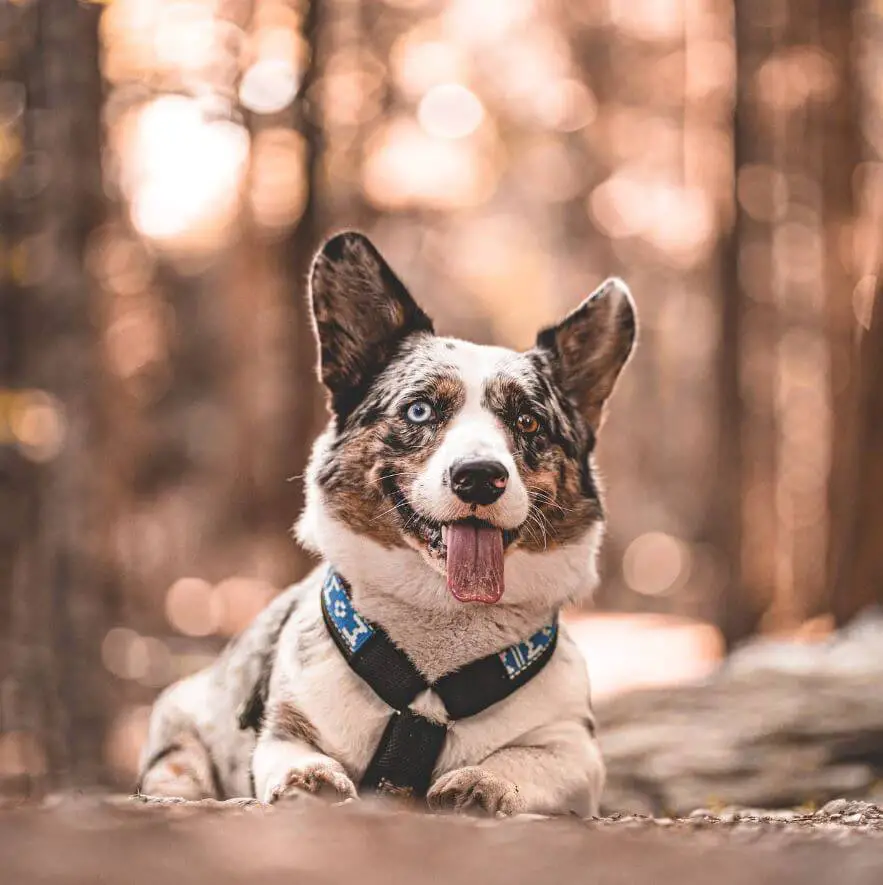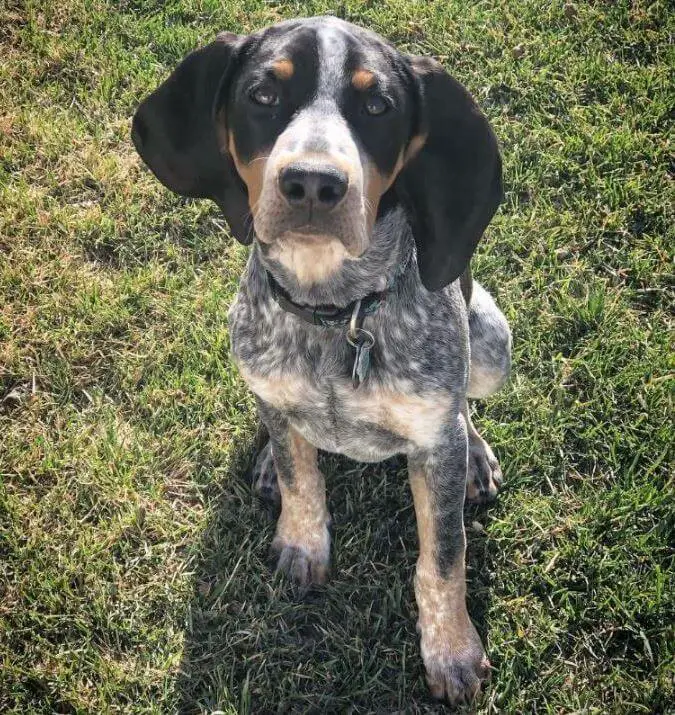Hot spots, also known as acute moist dermatitis, can be a common skin issue that affects dogs. These inflamed, painful areas can cause discomfort and itching for your furry companion. Understanding how to treat and prevent hot spots is crucial in maintaining your dog’s skin health. In this article, we’ll explore effective strategies to address hot spots, from home remedies to preventive measures, ensuring your dog’s well-being.

What are Hot Spots?
Hot spots are localized areas of inflamed and infected skin that often appear red, moist, and may have a foul odor. They can develop rapidly and are commonly found in areas where moisture accumulates, such as the neck, hips, and paws. Hot spots are typically caused by various factors, including allergies, fleas, matted fur, or excessive moisture.

Treating Hot Spots:
When it comes to treating hot spots on your dog, the following steps can help alleviate discomfort and promote healing:
- Clean the Affected Area: Gently clean the hot spot with a mild, pet-safe antiseptic or an over-the-counter wound cleanser. Be sure to trim the hair around the hot spot to allow proper airflow.
- Apply Topical Treatments: Apply a veterinary-recommended topical medication, such as a hot spot spray or gel, to help soothe the area and promote healing. Follow the instructions provided by your veterinarian or the product label.
- Use E-Collars: Prevent your dog from further aggravating the hot spot by using an Elizabethan collar (E-collar) to prevent licking, biting, or scratching the affected area.
- Administer Medications: In some cases, your veterinarian may prescribe oral medications, such as antibiotics or anti-inflammatory drugs, to treat the underlying infection and reduce inflammation.
- Follow Veterinary Guidance: If the hot spot worsens or does not improve within a few days, consult your veterinarian for a thorough examination and further treatment options.

Preventing Hot Spots:
Prevention plays a vital role in managing hot spots and minimizing their occurrence. Consider the following preventive measures:
- Regular Grooming: Maintain a regular grooming routine to prevent matting, which can trap moisture and contribute to hot spot development. Brush your dog’s coat regularly and address any tangles or mats promptly.
- Flea Control: Keep your dog on a year-round flea prevention program to prevent flea infestations, as fleas can cause itching and lead to hot spots.
- Maintain Proper Hygiene: Keep your dog’s skin clean and dry, especially in areas prone to moisture accumulation. Towel-dry your dog after swimming or bathing to remove excess moisture.
- Allergy Management: If your dog has known allergies, work with your veterinarian to identify and manage them effectively. Reducing exposure to allergens can help prevent hot spots triggered by allergic reactions.
- Balanced Diet and Hydration: Provide your dog with a balanced diet and access to fresh water to support overall skin health and hydration.

Hot spots can be uncomfortable and bothersome for dogs, but with prompt treatment and preventive measures, you can effectively manage and minimize their occurrence. By following proper cleaning protocols, using topical treatments, and seeking veterinary guidance when needed, you can provide relief for your dog’s hot spots. Additionally, implementing preventive measures, such as regular grooming, flea control, proper hygiene, allergy management, and a balanced diet, will contribute to your dog’s overall skin health and reduce the risk of hot spot development. Remember, your veterinarian is your best resource for personalized advice and treatment options for your dog’s specific needs.
